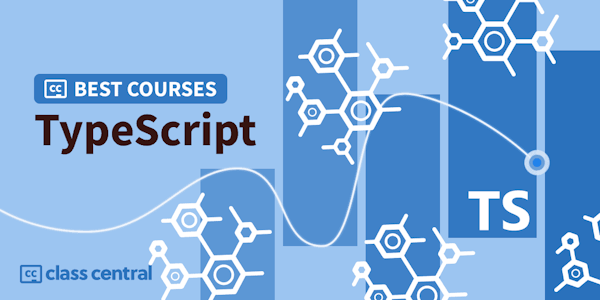Almost every React application needs to fetch data from a server and cache the result between renders.
Traditionally, in-memory API Caching is something that has been done in React applications either on a per-component-level, which lead to application state running out of sync, or using a global state like Redux, which required a lot of hand-written code.
RTK Query is part of the official Redux Toolkit and provides an application-global API cache that abstracts most of that hand-written code away, leading to a lot more readable code bases.
It also offers a lot of advanced features like auto-generated hooks
In this course, you will learn about
- Using `createApi` to define multiple endpoints to interact with your API
- The auto generated `useQuery` hooks and how to use them in your application
- The RTK Query Dataflow and the role of the `baseQuery` function
- The Redux Devtools “RTK Query” Monitor and which actions are flowing though your app
- How to use RTK Query either with an `ApiProvider` or a pre-existing Redux store
- Using RTK Query with TypeScript
Overview
Syllabus
- Course Introduction and Application Walk through for RTK Query Basics
- Set up RTK Query with createAPI and ApiProvider that Serve Fake Data
- Fetch Data from a Live Endpoint with RTK Query
- Pass Query Arguments to RTK Query Hooks
- Refactor RTK Query Endpoints to use baseQuery to Remove Code Duplication
- Refactor baseQuery to use RTK Query fetchBaseQuery
- Convert a RTK Query Application to TypeScript
- Explore Redux Devtools to Understand Your RTK Query App Data Fetching Behavior
- Refactor RTK Query to Use a Normal Redux Toolkit Store
Taught by
Lenz Weber-Tronic



